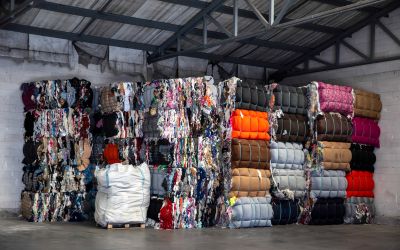UN agency launches airline carbon offset standard
The UN's aviation agency launched on Thursday a standard to calculate how much air passengers should pay to offset their carbon emissions, deciding to ignore an area of hot debate on the sector's climate effect.
The UN's aviation agency launched on Thursday a standard to calculate how much air passengers should pay to offset their carbon emissions, deciding to ignore an area of hot debate on the sector's climate effect.
"It's a race to the bottom," said Enno Harders, a senior official at Germany's emissions trading authority which estimates national greenhouse gas emissions, saying the proposed calculator underestimated airlines contribution to warming.
Aviation is under the public spotlight from environmental groups because it is one of the most rapidly growing sources of greenhouse gases. Some airlines have responded by offering passengers the option to offset their flights, meaning they pay for someone else to cut emissions on their behalf, for example by paying towards the construction of a wind turbine in India. But to know how much to pay, first you must know the contribution of your flight to climate change, which is where carbon calculators come in.
The UN's International Civil Aviation Organization (ICAO) launched the new standard on Thursday, World Environment Day, on the fringes of a UN climate conference in Germany.
"We were very concerned with the proliferation of offsetting schemes," said Jane Hupe, the chair of ICAO's environmental unit, referring to airlines including British Airways and Lufthansa, which all used different methods.
"We (think) this will become a reference. We really want everyone to link to our site. We have signs from IATA (the International Air Transport Association) that they'll use our calculator."
A next step was to link the ICAO scheme directly to the purchase of offsets, she added.
The new carbon calculator is at http://www.icao.int/. The calculator measures only carbon dioxide emissions from burning jet fuel, and will ignore other, possibly multiplying warming effects from water vapour and nitrous oxide emissions.
Scientific assessments of such multipliers range roughly from one to three times the carbon dioxide emissions of flights alone. By ignoring these ICAO assumes a multiplier of one.
"We use 2.7," said Harders. "ICAO must identify where to go. There's a margin of interpretation to put in their calculator."
"In our view it should be one," said Kevin Anderson at Britain's Tyndall Centre for climate change research, adding that while carbon dioxide stays in the atmosphere for one to two centuries, airlines' other contributions do not stay in the air for long and so require different policy measures.
Such uncertainty prevented ICAO from making a judgment call, said Hupe, who added that airlines had expressed support.
"We didn't feel confident to give guidance when the scientists didn't show a clear path forward."
Source: WBCSD

_400_250_80_s_c1.jpg)




